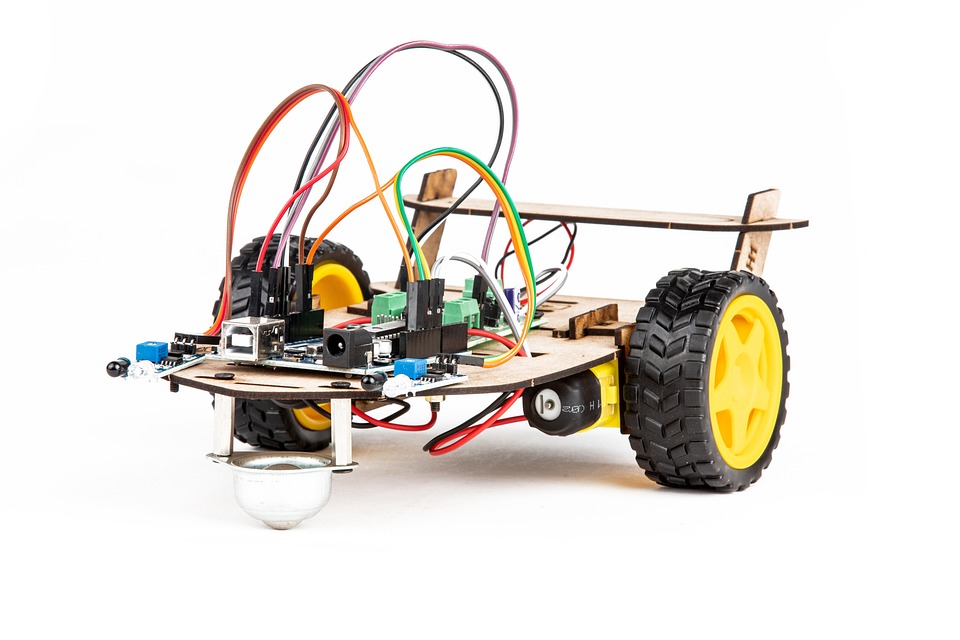Introduction
Early childhood development is a crucial period in a child’s life, laying the foundational skills necessary for future learning and growth. During these formative years, children engage with the world primarily through play, which is not merely a source of entertainment but also a vital learning tool. Among the various forms of play, educational toys stand out as powerful instruments for fostering cognitive, emotional, and social development. By combining fun with learning, educational toys help unlock a child’s potential, making them invaluable resources for parents, educators, and caregivers.
The Science Behind Play and Learning
Cognitive Development through Play
Cognitive development refers to the way a child thinks, explores, and figures things out. Research indicates that children learn best when they are actively involved in their learning process. Educational toys are designed to engage a child’s mind, encouraging critical thinking, problem-solving, and creativity. For example, puzzles enhance spatial recognition and logical reasoning skills, while building blocks foster an understanding of basic engineering principles and concepts of balance and gravity.
Educational toys often incorporate elements that stimulate curiosity. Toys such as science kits, counting games, and interactive books invite children to ask questions, experiment, and discover. This hands-on approach allows them to grasp complex concepts in an enjoyable manner, ultimately paving the way for a love of learning that can last a lifetime.
Emotional and Social Growth through Interaction
In addition to cognitive benefits, educational toys play a significant role in a child’s emotional and social development. Toys that require cooperative play—such as board games or team-based building sets—teach children essential social skills, including teamwork, patience, and conflict resolution. These activities provide opportunities for children to express their feelings, understand the perspectives of their peers, and develop empathy.
Moreover, educational toys often encourage imaginative play, which is critical for emotional development. Dolls, action figures, and playsets allow children to create narratives and role-play various situations, enhancing their ability to navigate real-life scenarios. Through storytelling and character exploration, children can process their own feelings, fears, and desires, aiding them in emotional regulation and resilience.
The Importance of Multisensory Experiences
Educational toys that engage multiple senses are particularly beneficial for young learners. Toys that feature varied textures, sounds, colors, and movements can captivate a child’s attention and enhance learning experiences. For instance, sensory bins containing sand, water, or rice encourage exploration and fine motor skills, while musical instruments introduce rhythm and auditory discrimination.
Multisensory learning is grounded in research that shows children learn better when multiple senses are involved. For instance, children may remember a song or a rhyme better than a piece of information presented in isolation. Combining auditory, visual, and tactile elements can facilitate deeper learning and reinforce the lessons associated with a toy.
The Role of Parents and Educators
Choosing the Right Educational Toys
Selecting appropriate educational toys requires understanding a child’s developmental stage and individual interests. Toys should be engaging but not overwhelming; their complexity should match the child’s ability to navigate them. For infants, simple cause-and-effect toys or textured objects are ideal, while preschoolers may benefit more from building kits or arts and crafts supplies.
Parents and educators should prioritize quality over quantity when it comes to educational toys. Investing in well-made, versatile toys provides more opportunities for creative play and ensures durability. Additionally, seeking out toys that promote open-ended play can stimulate creativity, as they allow children to explore multiple ways of using them.
Encouraging Playtime
While toys are essential, the environment and the interactions that accompany play are equally important. Adults play a pivotal role by engaging with children during their playtime, asking open-ended questions, and encouraging them to explore their ideas. This active involvement not only strengthens bonds but also enriches the child’s learning experience.
Furthermore, creating a dedicated play space can enhance the educational impact of toys. A well-organized area with diverse play materials encourages exploration and creativity while signaling to children that playtime is valuable and integral to their development.
Conclusion
Educational toys are more than mere objects; they are gateways to learning, creativity, and discovery. By unlocking a child’s potential through play, these toys lay a solid foundation for intellectual, social, and emotional growth. As parents and educators, understanding the importance of educational toys and encouraging active engagement can transform a child’s playtime into a powerful learning experience. By investing in quality educational toys and promoting an engaging play environment, we set the stage for lifelong learning and success. In a world where the right tools can make all the difference, educational toys undoubtedly play a pivotal role in shaping the minds and futures of our youngest generation.







Leave a Comment